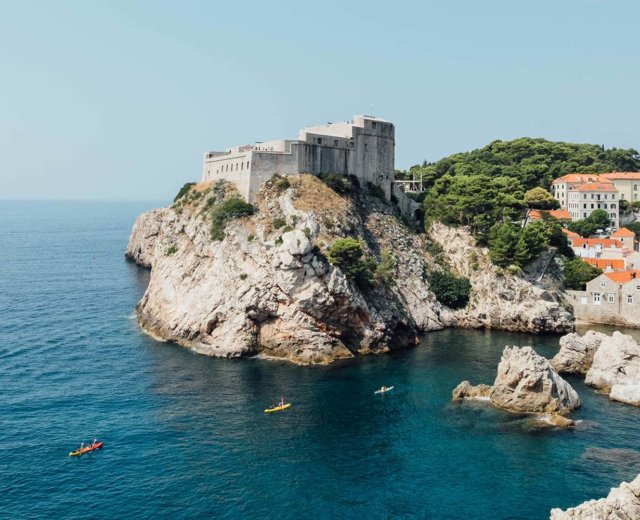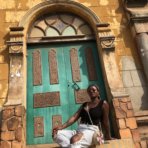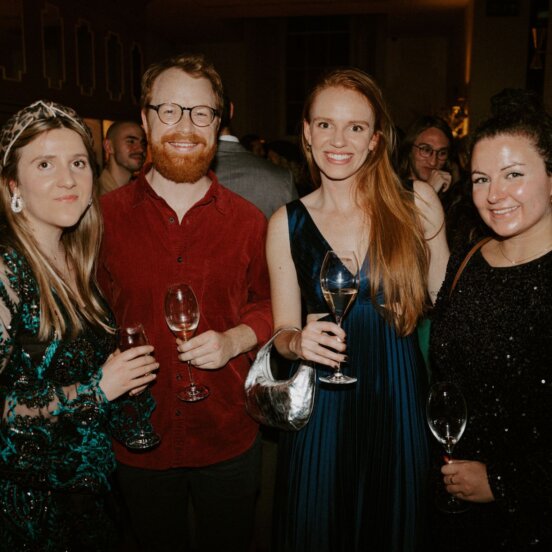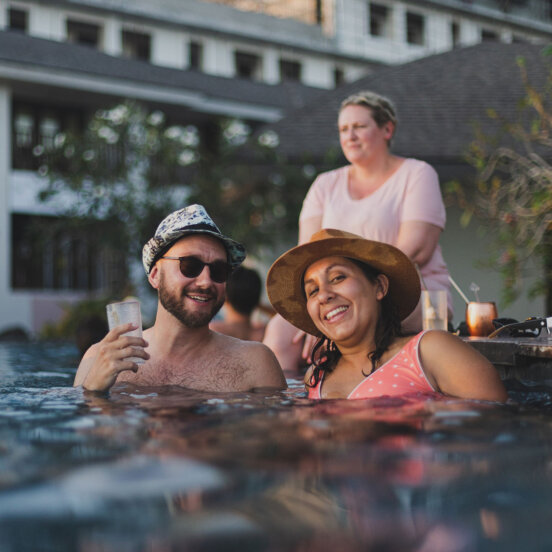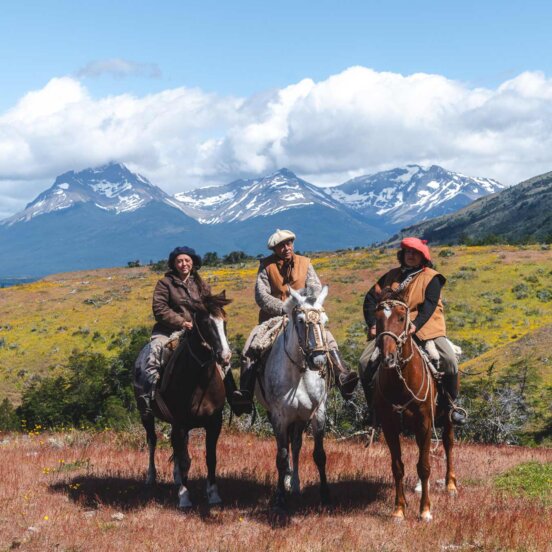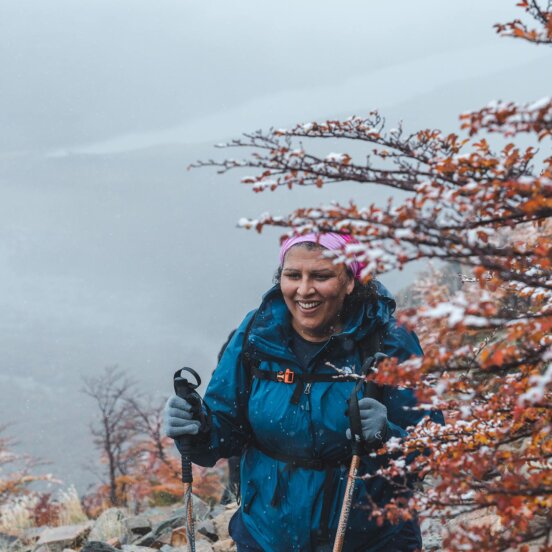Cold comfort with Geneviève Brown: the first black woman skiing both poles solo
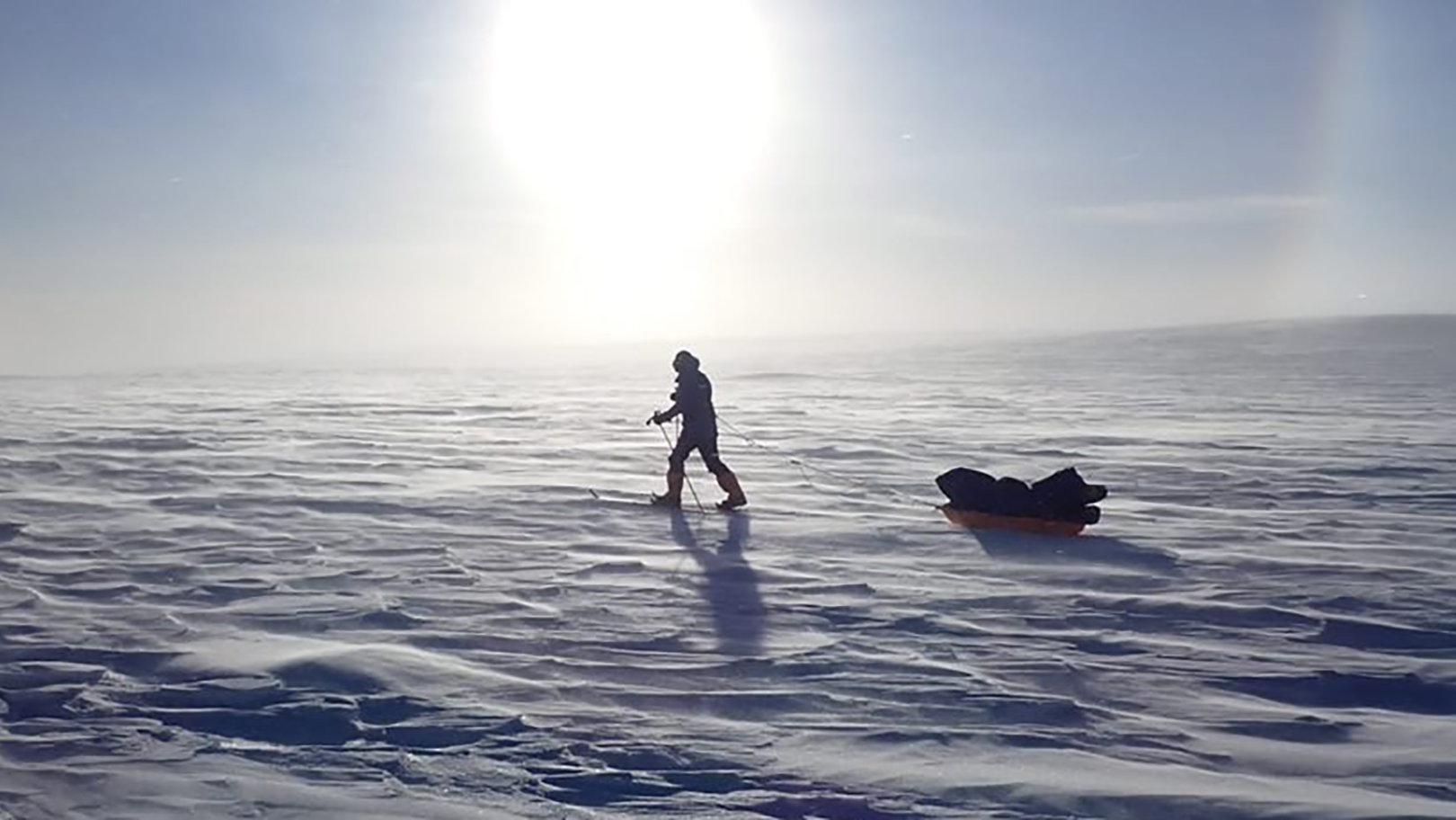
Aspiring polar explorer Geneviève Brown is on a mission to become the first Aruban – and the first unassisted black woman – to ski both the North and South Poles. It’s all the more impressive considering her battle with chronic Lyme disease. In fact, it was “a three-year ordeal to get the medical establishment to listen” – having been bitten on a hiking trip in Turkey – that led her to take on the challenge of the pole-to-pole expedition. But once she delved deeper, her mission became about more than simply raising awareness. It’s now about representation, having realised so few women – especially black women – have assailed the poles. Aruban by birth and now based in the UK, she tells us how cold isn’t exactly a Caribbean thing – but she’s not going to let it stop her…
How did your battle to get diagnosed with Lyme disease lead to your pole ambition?
At that time, I was working for a company where the owner had been to the North and South Pole. His son knew that I was looking to raise awareness with a challenge that was quite drastic and suggested I run the London Marathon. But I needed something bigger. I’d gone from having no life to a second lease of life after finally receiving a correct diagnosis.
The next chapter became about making every day count and ensuring no one else had to suffer like I did. As it turned out, the guide that took my boss to the South Pole was coming to our office to give a talk. So, he offered to introduce me.
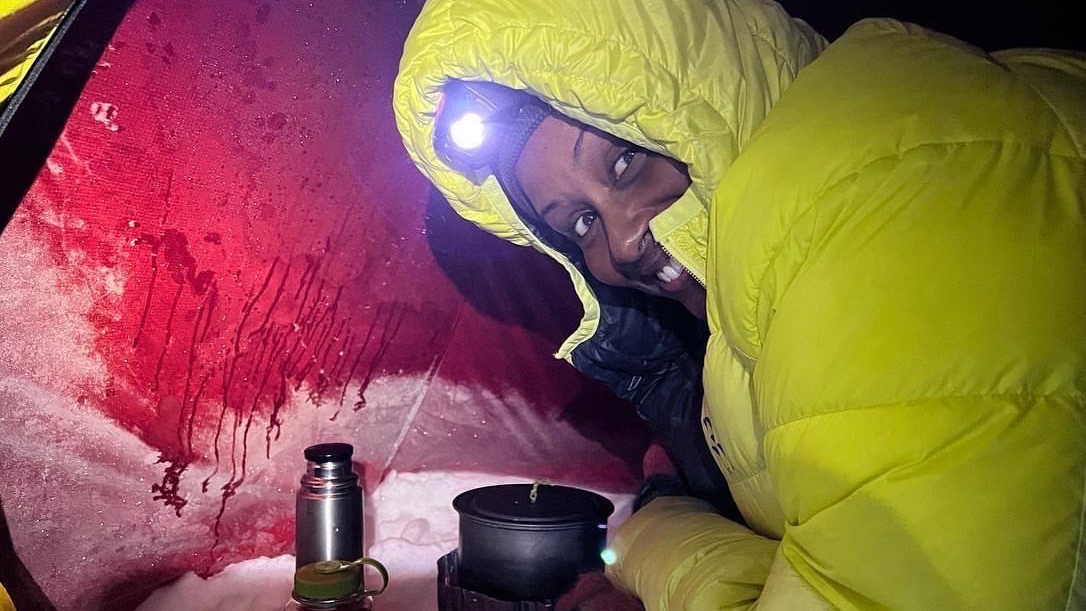
I’m from the Caribbean. I don’t do cold
How did the journey start from there?
At first, I thought “I’m from the Caribbean, I don’t do cold”. But I’m glad I went along to the talk, because as soon as the guide started speaking, I was completely inspired. It planted the seed of an idea and I began the planning from there. From there, I began getting into certain networks of people that have done this before.
Why haven’t more women – specifically, more black women – made it to the poles?
I realised early on that women were not just underrepresented, they were practically non-existent in this space. Since expeditions started in the 1900s with Scott and Amundsen, there have been fewer than 10 women who have done the solo coast-to-pole expedition. There’s only been one black woman to do coast-to-coast and she did it assisted (sadly she passed away in 2019). I thought it was wrong on so many levels. Why aren’t we there? Then I realised, it’s because of the price tag.
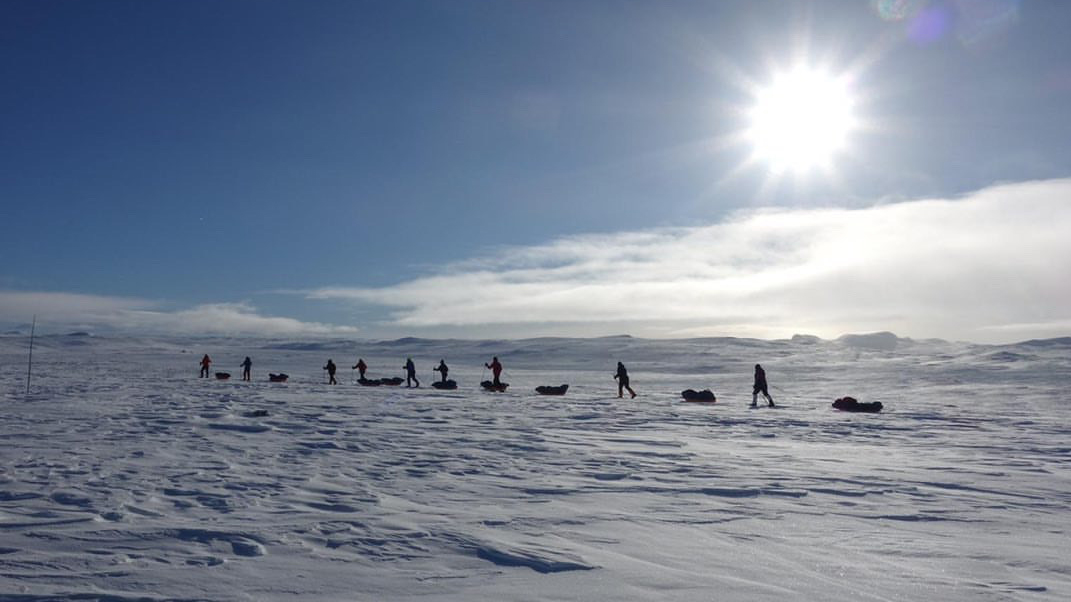
It’s about $80,000 for your return flight to the Antarctic Peninsula
Make us wince… how much does an expedition like this cost?
It’s about $80,000 for your return flight to the Antarctic Peninsula, your equipment, food, logistics, fees – everything. Now, that’s not money many people have. To raise that is where the problem starts. It’s mostly sponsored athletes who get to do this type of thing and the military because of their connections or extremely wealthy people.
At this point I realised my mission wasn’t just about Lyme disease. It was about representation. It was about seeing women achieve and succeed – no matter what their colour, creed or race.
Tell us about living with a chronic illness like Lyme disease?
I have to manage my stress levels, my sleeping and my nutrition because fatigue attacks can come fast and heavy. It might take two weeks to two months to get out of it. My memory is also affected. At the height of being ill, I would forget conversations. I speak five languages fluently but at times I couldn’t express myself in one, not even my native language. Neurologically there is a high chance that I will develop early onset Alzheimer’s. I already see myself at 60% capacity of what I was.
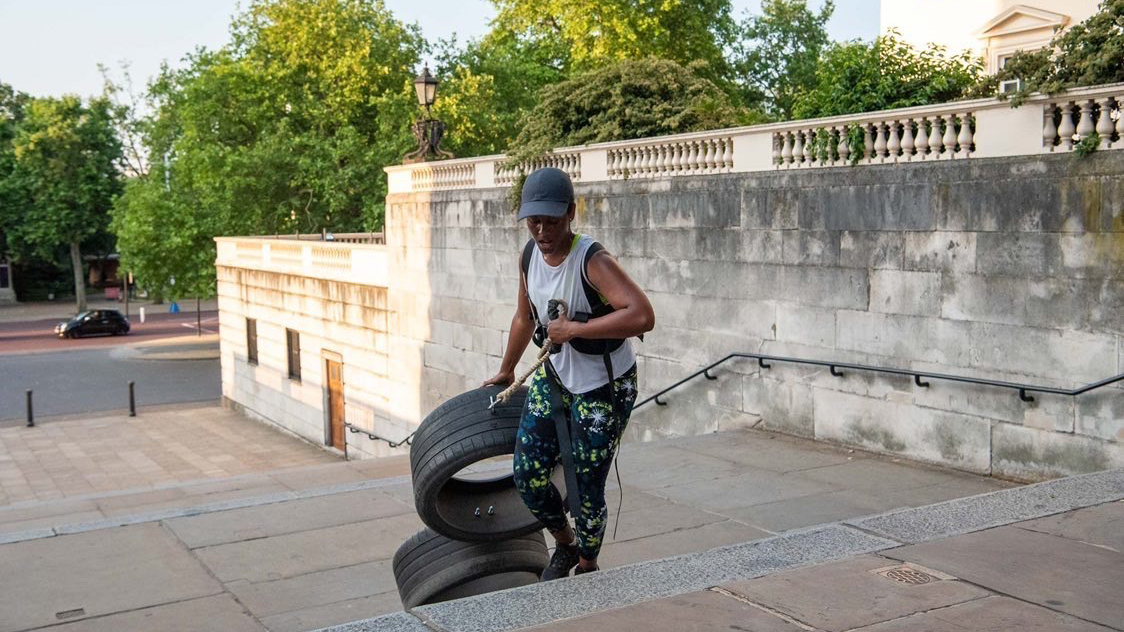
I set up my workouts to simulate the stress my body will be under
It sounds like subjecting your body to the gruelling conditions of a polar expedition is nothing short of superhuman. Tell us about your training regime and the changes you've made to adapt to the harsh expedition environment?
I had to get sign off from my doctors to be able to even consider it. Then, I set up my workouts to simulate the stress my body will be under to see how it responds. Initially, when I started, I would just crash. However, it’s allowed my body to become used to a prolonged periods of stress.
I work out three times a day, although not with the same intensity, whether that’s a run or an intensive tire walk. I always do a strength session to prepare my body and get it used to being pommeled. Then stretching or relaxing in the evening.
How do you prepare for the cold?
I was meant to be going to Greenland, Finland or Iceland to do weeks of prep, but Covid put a stop to that. I was stuck and the best I could do was go up to Scotland. The cold in the UK, although it’s not minus 35, still hits your bones; that’s what you need. You have to be out there training on a wet, windy, rainy, horrible January day and be completely miserable. If you can get through that – you’ll be alright.
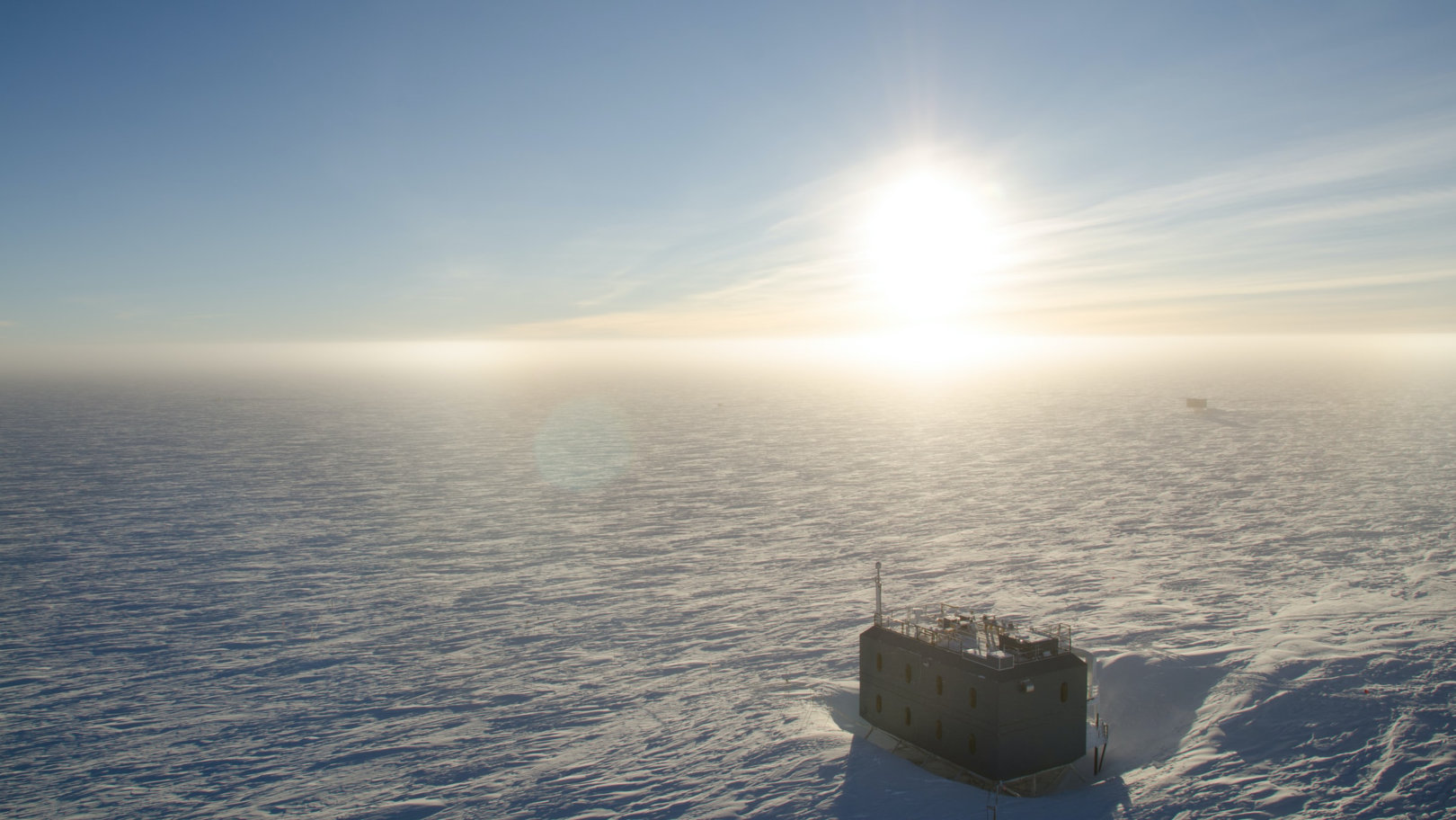
You ski to the pole and then ski back along to the coast
What route are you taking?
As it’s my first time and I’m doing it solo, I wanted to take a route that is well established. I want to be as safe as possible but still endure a hellishly difficult expedition. The coast-to-coast route drops you at a point before you ski to the pole and then ski back along to the coast. That takes about 75 to 85 days. If I just do coast-to-pole it’s about 45 days. If I can manage the South Pole then I might try and tag on the North Pole as well.
Interestingly, you can only do the South Pole route in the Southern Hemisphere’s summer: our winter. The North Pole route you do in the Northern Hemisphere’s winter and spring. Technically speaking, I could start my expedition in the beginning of November, finish off around January, return to the UK for about a month or two to gain weight, and then fly to Sweden or Norway to start my trek to the North Pole for a further 40 days.
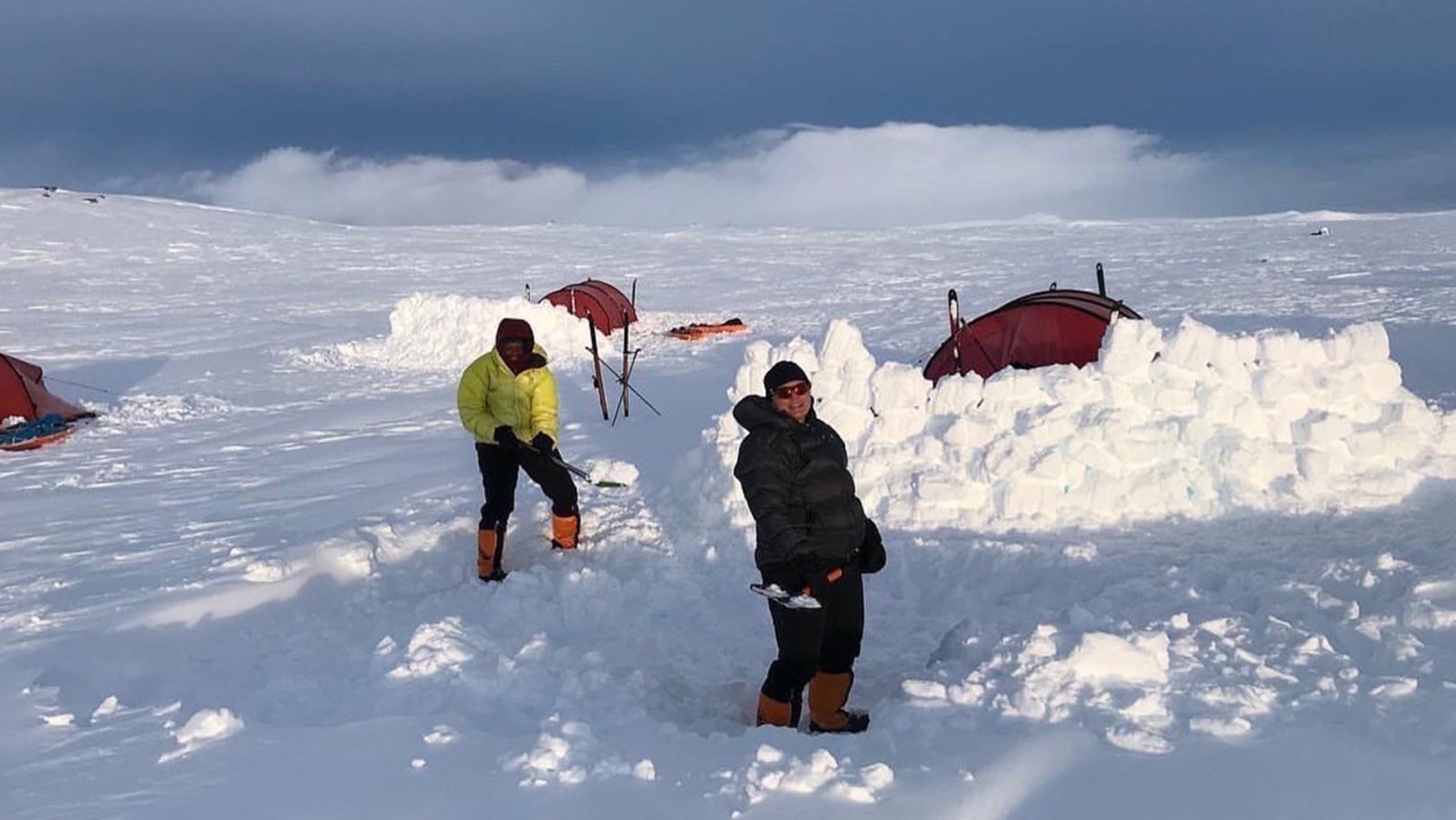
Understanding the harsh environment is the difference between life and death
I assume you've been reading all about polar expeditions. Is there anything you’re particularly wary of or preparing for?
I’ll only get to properly do polar prep on my skis once winter kicks in. I’ll also be brushing up on a survival skills course. The difference between life and death is understanding the harsh environment you’re in and what you can do in any given moment. The right decision will save your life – or cost you your life.
Very experienced polar guides have died by falling in crevasses they’re unable to get out of. Or, it might take them hours, if not a day or two, to get to you. If you fall down with no supplies, you have no way of survival. The likelihood is that you’ll freeze to death. How do I prepare for that? That’s the biggest, scariest part, but also the thing that makes me want to do it.
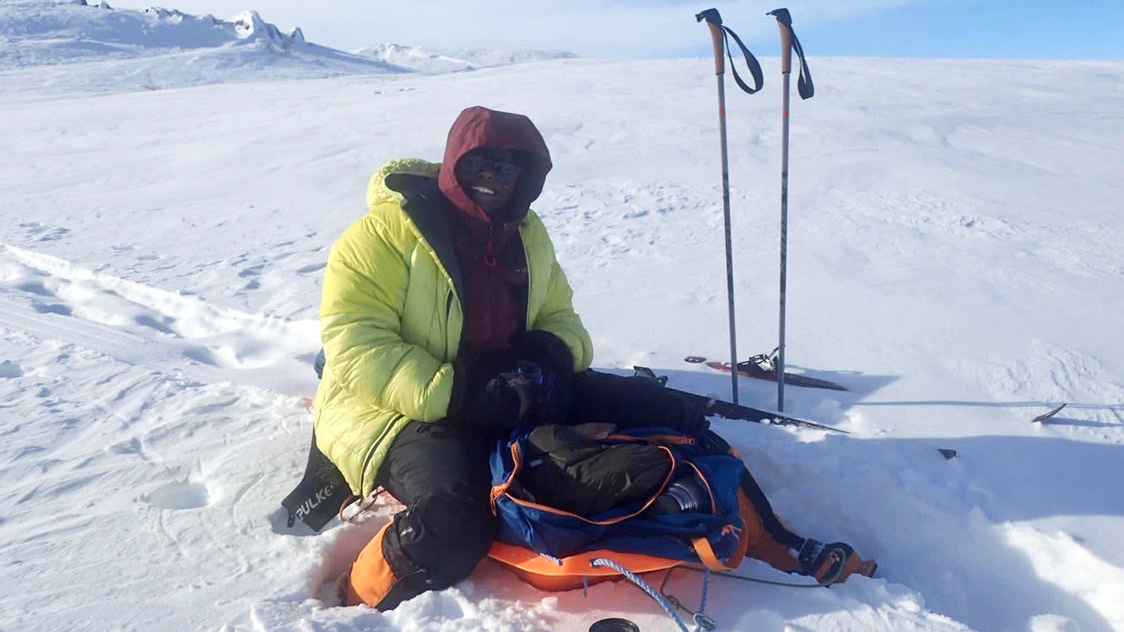
Even if I fail, I want to know at least I tried
What's your biggest challenge to get this expedition going?
Sponsorship. I managed to raise the money in pledges. However, with Covid, some companies who pledged had to withhold it, due to fears of their businesses closing. And, one of them did. That was sad because I had finally gotten there. I’ve also put in some of my own funds, but obviously not the kind of money needed.
Tell us about doing it solo?
Going solo is cheaper. You don’t have to pay guide fees and you take your own food, so it’s a bit more manageable financially. But practically, it’s a massive challenge. I have to learn how to read the snow and the navigation is on me, everything from setting up the tents to cooking. I want to prove I can do it. Even if I fail, I want to know that I at least tried.
A version of this interview first ran in The Black Explorer, a biannual print and online magazine, published by Ella Paradis, that champions the black travel community and its creators.
Find out more about Flash Pack adventures here. Got a story or adventure that could inspire a solo traveller like you? Tag @flashpack on social or email [email protected] to be featured.
Images: Geneviève Brown & Unsplash

